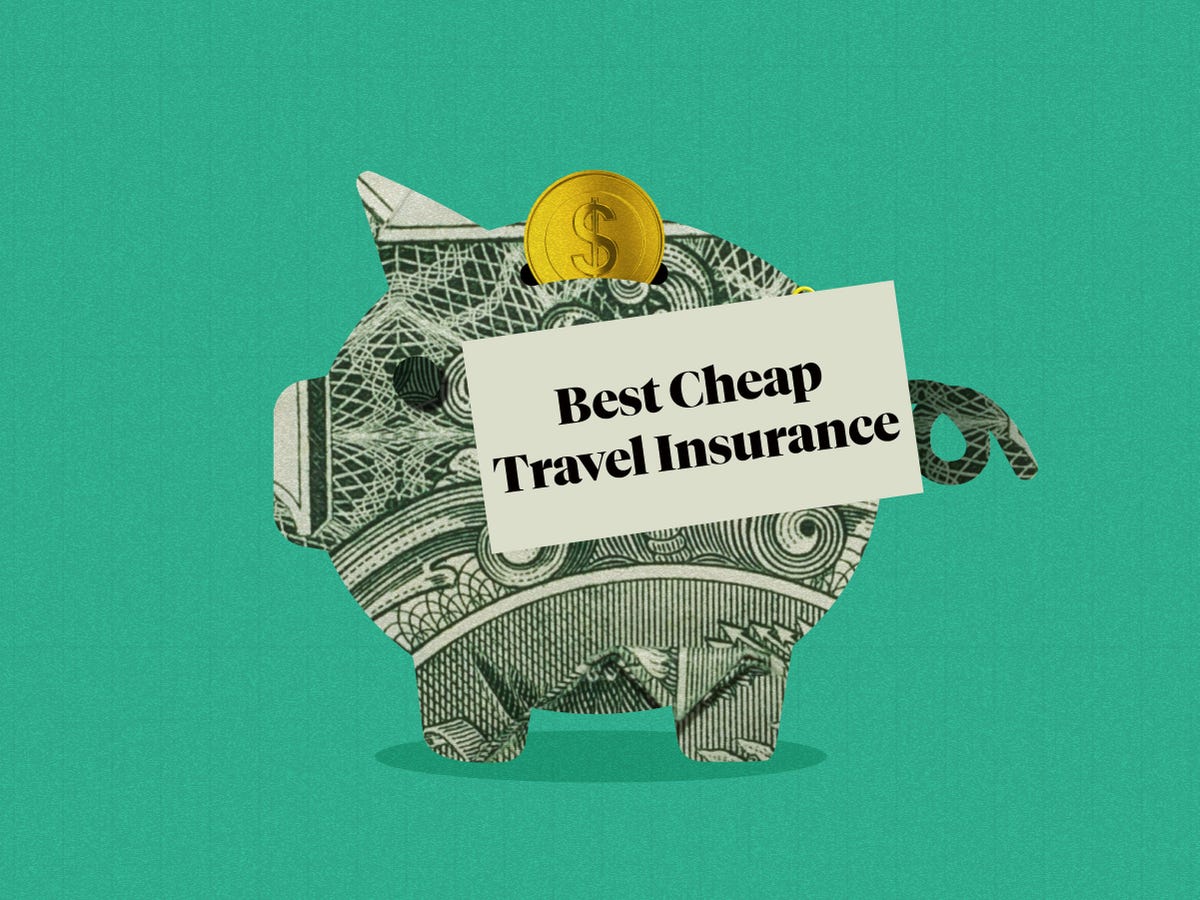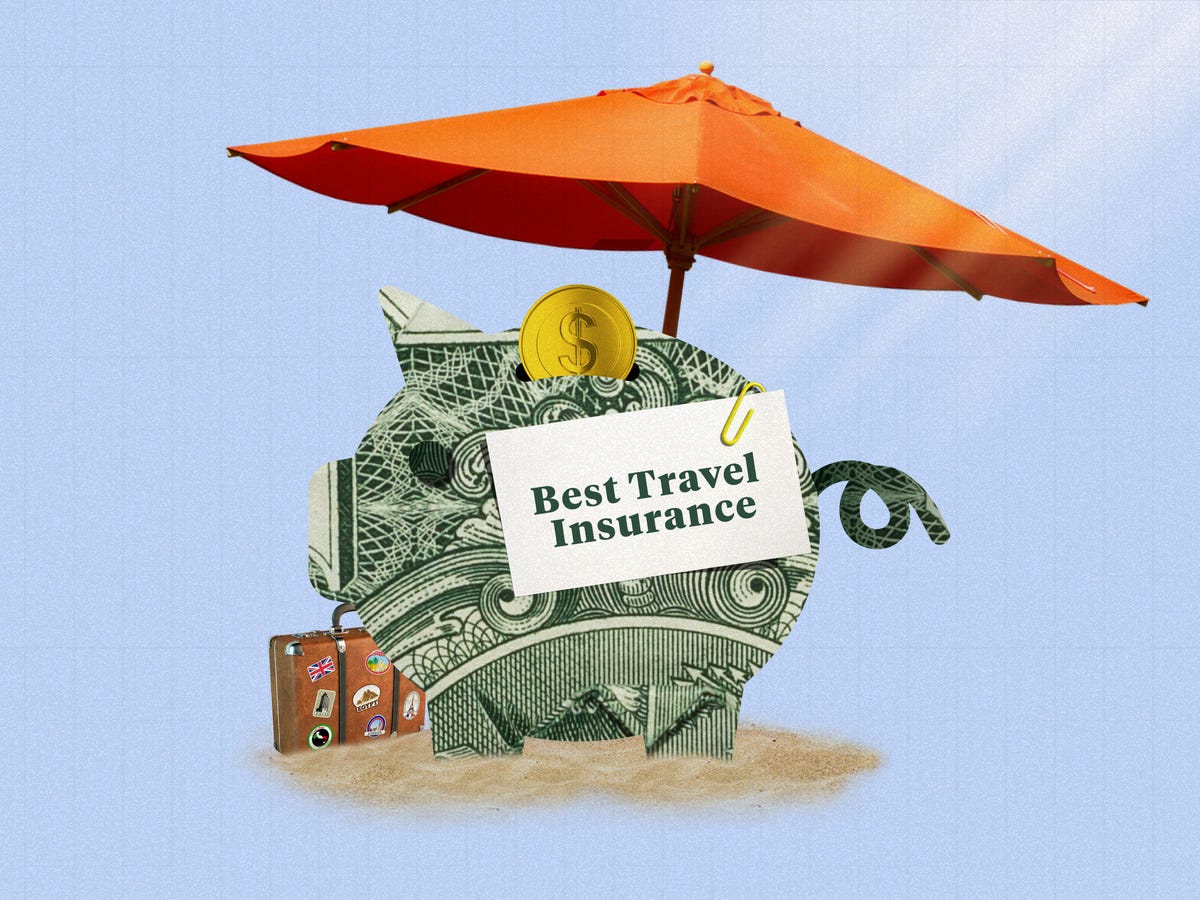Alright, let’s talk about figuring out travel insurance for trips outside the country. It’s something I learned the hard way I needed to sort out properly.

So, I was planning this big trip a while back, bouncing around a few different places. Honestly, insurance wasn’t the first thing on my mind. I was more excited about booking flights and finding cool places to stay. But then a buddy of mine had a nightmare trip – lost bags, missed connection, the whole shebang – and he didn’t have solid insurance. That got me thinking.
I started looking online. Wow, talk about confusing. So many companies, different plans, weird words like ‘deductibles’ and ‘excess’. It felt like reading a phone contract, just trying to figure out what was actually covered and what wasn’t. Seemed like every site promised the world but the details were buried deep.
Digging In
Okay, first thing I did was just try to understand the basics. What did I really care about? For me, it boiled down to a few things:
- Getting sick or hurt: This was the big one. Hospital bills abroad can be insane. I needed something that would cover emergencies, maybe even getting flown home if it was really bad.
- Losing my stuff: Less critical, but annoying. Replacing clothes, a camera, or a phone adds up. So, decent baggage cover was important.
- Trip getting cancelled or cut short: What if something happened back home, or I got sick before I left? I didn’t want to lose all the money I’d spent on flights and hotels.
- Activities: I wasn’t planning anything crazy like bungee jumping, but maybe some hiking. I had to check if regular tourist activities were covered.
With these points in mind, I started comparing. I didn’t just look at the price tag, because sometimes the cheapest option covers almost nothing. I actually opened up the policy documents for a few different providers – the really long, boring PDFs. It was a pain, but it was the only way to see the real differences.
I paid close attention to the coverage limits – like the maximum amount they’d pay for medical stuff or lost items. And I looked hard at the exclusions – the list of things they absolutely will NOT cover. This is where they often get you. Some wouldn’t cover electronics over a certain value, others had tricky rules about pre-existing health conditions.

Finding What Worked for Me
After a lot of reading and comparing notes, I narrowed it down. I found a couple of options that seemed to balance decent coverage with a price that wasn’t totally crazy. One was more focused on backpacker-style travel, good for longer trips with decent medical. Another was a bit more comprehensive, better perhaps for shorter holidays where you might have more expensive bookings you want to protect.
I didn’t just rely on their websites either. I searched around forums, saw what other actual travelers were saying about making claims. You learn a lot from people’s real experiences, both good and bad. Did the company pay out easily? Or did they make people jump through hoops?
So, I picked one that felt right for that specific trip. I read the main points again, paid for it online, and printed out the documents. Honestly, just having that sorted felt like a weight off my shoulders.
The Peace of Mind Part
Luckily, on that trip, nothing major went wrong. I didn’t need to make a big claim. But just knowing I had that backup? It made the whole experience more relaxing. I wasn’t constantly worrying “what if?”.
Since then, I’ve used insurance on every international trip. Sometimes I go back to the same provider if the trip is similar, other times I shop around again if my needs are different – maybe a longer trip, or going somewhere known for being super expensive medically.

My main takeaway? Don’t just grab the cheapest thing. Take a bit of time, figure out what you need covered based on where you’re going and what you’ll be doing, and read enough of the policy details to understand the main limits and exclusions. It’s boring, yeah, but way less boring than being stuck abroad with a massive bill and no help.









